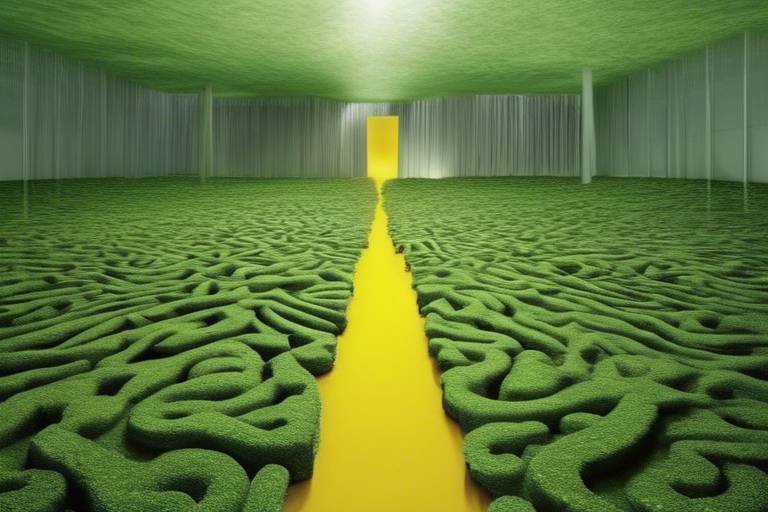The Influence of Postmodernism on Contemporary Art
Postmodernism has had a profound impact on the world of contemporary art, revolutionizing the way artists create and audiences interpret artistic expressions. By challenging traditional norms and embracing diversity, postmodernism has opened up new avenues for artistic exploration and experimentation.
Originating as a departure from modernist principles, postmodern art movement celebrates hybridity and complexity, blurring the boundaries between different art forms and styles. This shift towards a more inclusive and eclectic approach has allowed artists to break free from rigid conventions and explore a wide range of themes and concepts.
One of the key concepts of postmodernism, deconstruction, plays a significant role in contemporary art by dismantling existing narratives and structures to create new meanings and interpretations. Artists often engage in pastiche, combining elements from different sources to create innovative and thought-provoking artworks that challenge viewers' perceptions.
Intertextuality, another hallmark of postmodernism, is prevalent in contemporary art, as artists reference and reinterpret existing texts, images, and cultural symbols to create layered and multi-dimensional works. This interplay of references and meanings adds depth and complexity to artistic expressions, inviting viewers to engage with the artwork on multiple levels.
Postmodernist artists such as Cindy Sherman, Jeff Koons, and Barbara Kruger have made significant contributions to the contemporary art scene by pushing the boundaries of traditional artistic practices and challenging societal norms. Their innovative approaches and critical perspectives have inspired a new generation of artists to explore unconventional methods and themes in their work.
Technology has played a pivotal role in shaping postmodern and contemporary art practices, enabling artists to experiment with new mediums and techniques. From digital art forms to interactive installations and virtual reality experiences, technology has expanded the possibilities of artistic expression and created immersive and engaging artworks that resonate with audiences.
Postmodernism has also influenced the exploration of cultural identity in contemporary art, prompting artists to address issues of race, gender, and socio-political concerns through their work. By engaging with diverse perspectives and challenging dominant narratives, artists are able to create inclusive and empowering artworks that reflect the complexities of modern society.
In a globalized world, contemporary artists draw inspiration from a myriad of cultures, traditions, and viewpoints, resulting in a rich tapestry of artistic expressions that reflect the interconnected nature of our society. This cross-pollination of ideas and influences has enriched the art world, fostering a spirit of collaboration and exchange that transcends geographical boundaries.
Postmodernist artists often engage in institutional critique, challenging the power structures and hierarchies within the art world. By questioning the role of museums, galleries, and commercial interests in shaping artistic practices, these artists aim to democratize art and create spaces for alternative voices and perspectives to be heard.
As postmodern influences continue to evolve and shape contemporary art, the future of artistic expressions holds endless possibilities. Artists are likely to continue pushing boundaries, experimenting with new technologies, and engaging with diverse cultural narratives to create artworks that resonate with audiences and provoke critical reflection.

Origins of Postmodernism in Art
The origins of postmodernism in art can be traced back to the mid-20th century, emerging as a response to the rigid structures and principles of modernism. Postmodern art movement marked a departure from the singular, linear narratives of modernist art, embracing diversity, hybridity, and the blending of various artistic styles and influences. It challenged traditional norms in artistic practices, encouraging artists to experiment with new forms of expression and reinterpretations of art history.
One of the key characteristics of postmodernism in art is the rejection of grand narratives and universal truths, favoring a more fragmented and decentralized approach to creativity. Artists began to explore themes of ambiguity, plurality, and the breakdown of boundaries between high and low culture. This shift towards a more inclusive and eclectic artistic sensibility paved the way for a diverse range of artistic expressions that continue to shape contemporary art practices.
Postmodernism in art also embraced the concept of pastiche, where artists borrow elements from various sources and combine them in new and unexpected ways. This approach to art creation allowed for the exploration of multiple perspectives and the blurring of distinctions between originality and imitation. Intertextuality, another key postmodern concept, refers to the interconnectedness of texts and the influence of one artwork on another, creating layers of meaning and complexity in artistic interpretations.
Furthermore, postmodernism in art challenged the notion of artistic autonomy and authorship, emphasizing collaboration, appropriation, and the deconstruction of established artistic hierarchies. Artists began to question the traditional roles of the artist, the viewer, and the artwork itself, opening up new possibilities for engaging with art in a more interactive and participatory manner.
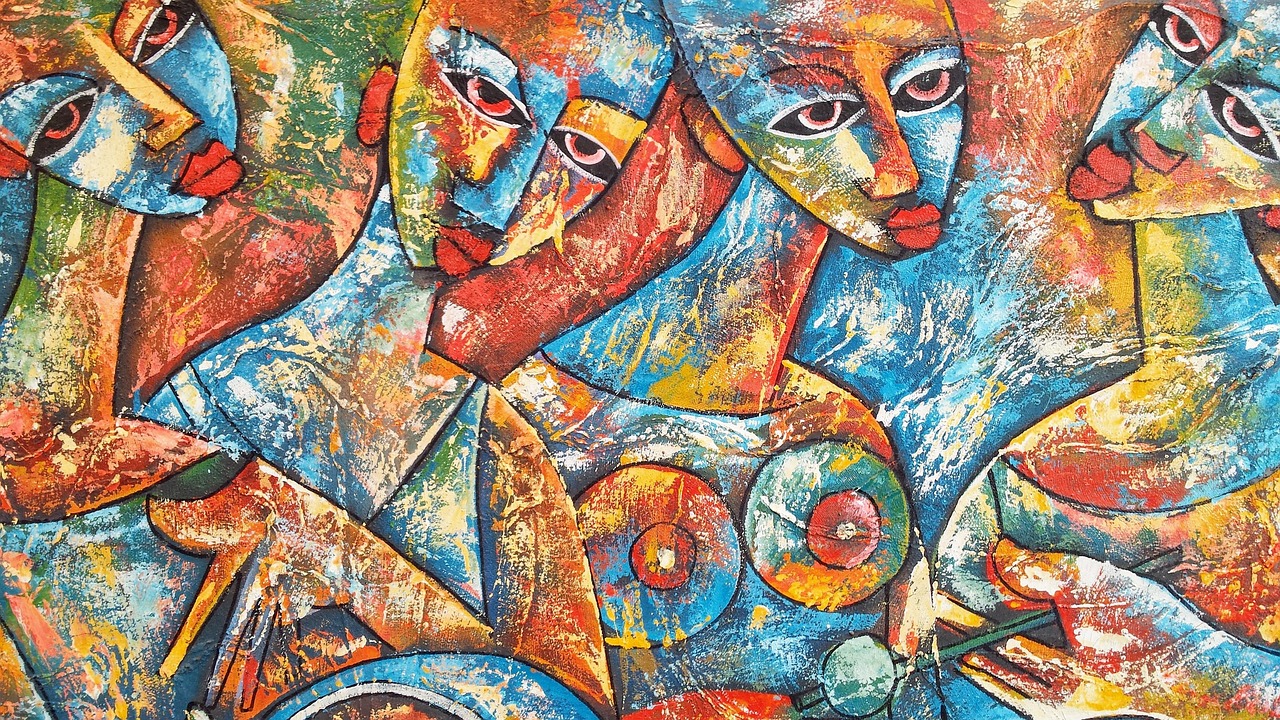
Postmodern Concepts in Contemporary Art
Postmodern concepts have significantly influenced the landscape of contemporary art, introducing a new paradigm that challenges traditional notions of artistic creation and interpretation. One of the key ideas that define postmodern art is deconstruction, which involves breaking down and reinterpreting established artistic forms and narratives. This approach encourages artists to question existing structures and meanings, leading to the creation of innovative and thought-provoking artworks.
Another prominent postmodern concept evident in contemporary art is pastiche, where artists blend elements from different styles, eras, and cultural references to create eclectic and layered compositions. This technique allows for the exploration of diverse influences and the creation of artworks that transcend conventional boundaries, inviting viewers to engage with multiple layers of meaning and interpretation.
Intertextuality is also a key postmodern concept that manifests in contemporary art, emphasizing the interconnectedness of artistic texts and the influence of one artwork on another. Artists often reference and reinterpret existing works, creating dialogues between past and present, and inviting viewers to reflect on the ways in which art informs and reflects broader cultural discourses.
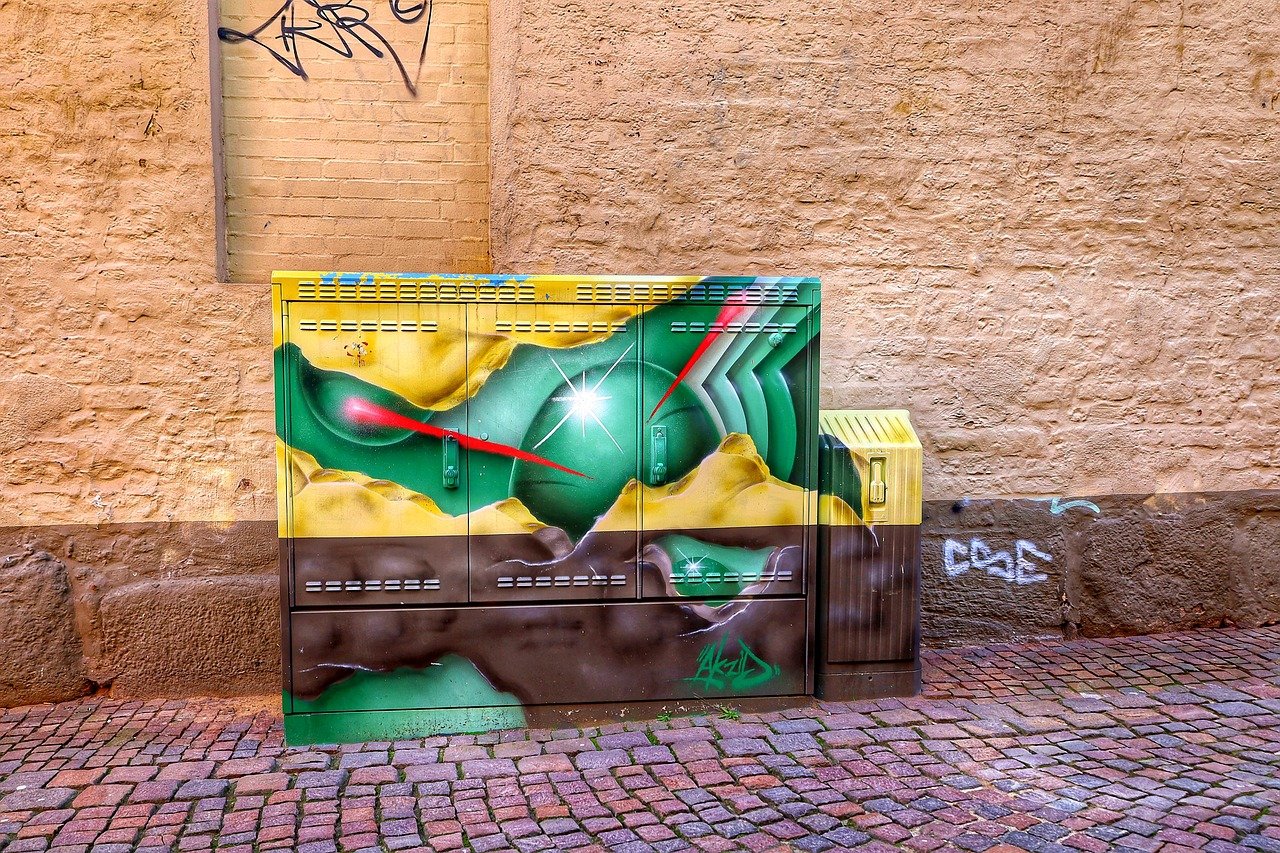
Postmodernist Artists and Their Impact
Postmodernist artists have played a significant role in reshaping the landscape of contemporary art through their innovative and boundary-pushing creations. One prominent figure in the postmodern art movement is Jean-Michel Basquiat, whose graffiti-inspired paintings challenged traditional notions of art and identity. Basquiat's raw and expressive style, infused with social commentary and cultural references, continues to influence artists today.
Another influential postmodernist artist is Cindy Sherman, known for her groundbreaking photographic self-portraits that explore themes of identity, gender, and representation. Sherman's work challenges societal norms and constructs, inviting viewers to question the nature of image-making and self-representation in a media-saturated world.
Jeff Koons is a postmodern artist renowned for his larger-than-life sculptures that blur the lines between high and low culture. Koons' playful and often controversial artworks challenge the notion of taste and consumerism, reflecting the influence of mass media and popular culture on contemporary society.
Furthermore, Yayoi Kusama has made a significant impact on the art world with her immersive installations and polka-dot motifs. Kusama's work transcends traditional boundaries of art and invites viewers to experience art in a multisensory and interactive way, reflecting the postmodern emphasis on viewer participation and engagement.
These postmodernist artists have not only pushed the boundaries of artistic expression but have also inspired a new generation of creators to think critically about the world around them and the role of art in society. Their impact continues to resonate in the contemporary art scene, challenging viewers to question established norms and explore new possibilities in artistic practice.
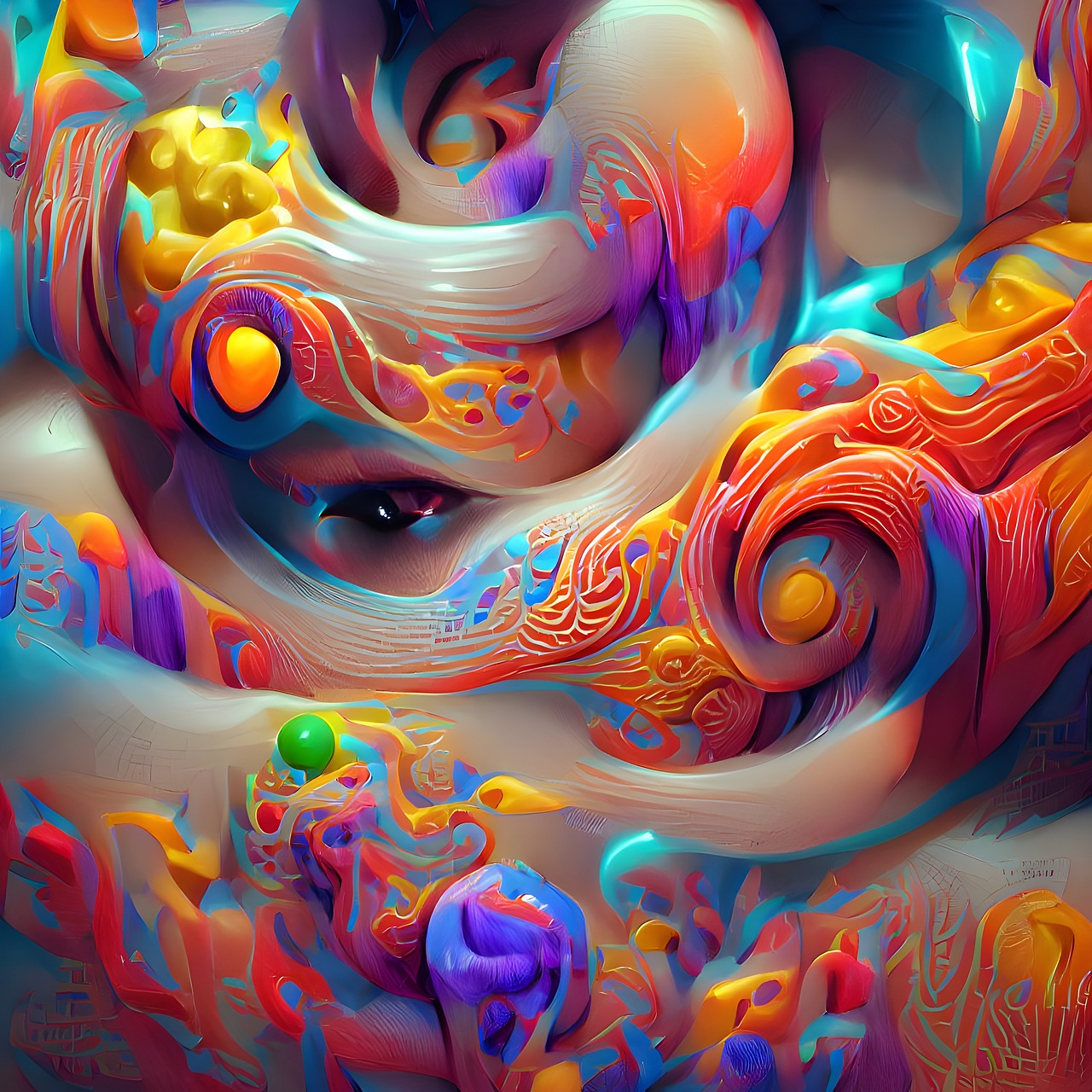
Postmodernism and Technology in Art
Postmodernism and Technology in Art have become deeply intertwined in the contemporary art landscape, revolutionizing the way artists create and audiences interact with art. The fusion of postmodern principles with technological advancements has given rise to a myriad of innovative art forms, pushing the boundaries of traditional artistic mediums.
One of the most prominent manifestations of technology in postmodern art is the emergence of digital art forms. Artists now have the ability to create immersive digital experiences, blending visuals, sound, and interactivity to engage viewers in new and exciting ways. From digital paintings to interactive installations, technology has opened up a whole new realm of artistic possibilities.
Furthermore, the advent of virtual reality (VR) has completely transformed the art viewing experience. Through VR technology, artists can transport audiences to alternate realities, allowing them to explore and interact with art in ways never before imagined. This immersive form of art consumption challenges traditional notions of space and perception, inviting viewers to engage with art on a deeply personal level.
Moreover, technology has enabled artists to incorporate elements of augmented reality (AR) into their works, blurring the lines between the physical and digital worlds. By overlaying digital content onto real-world environments, artists can create dynamic and interactive art installations that respond to the viewer's presence and movements.
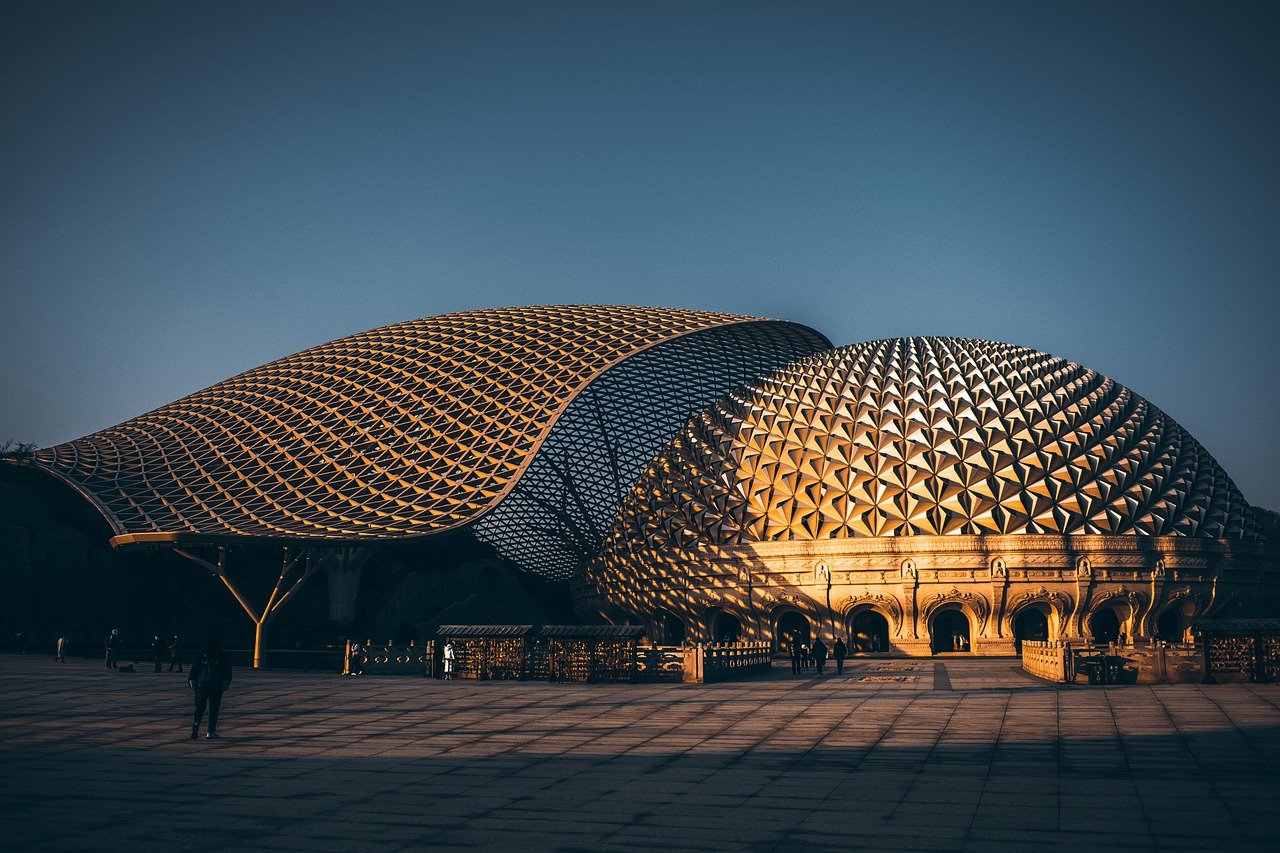
Postmodernism and Cultural Identity
Postmodernism has played a significant role in reshaping the exploration of cultural identity within contemporary art. By challenging traditional narratives and embracing diversity, postmodern artists have opened up new avenues for discussing complex issues such as race, gender, and socio-political dynamics through artistic expression.
One of the key aspects of postmodernism in relation to cultural identity is the deconstruction of fixed identities and the recognition of multiple layers of identity that individuals embody. Artists have used their work to question established norms and stereotypes, inviting viewers to reconsider preconceived notions and engage in critical dialogue.
Through a lens of pastiche and intertextuality, postmodern artworks often blend elements from different cultures and historical contexts, creating hybrid forms that reflect the interconnected nature of contemporary society. This fusion of diverse influences not only challenges traditional notions of cultural authenticity but also celebrates the richness of global cultural exchange.
Postmodernism has also provided a platform for marginalized voices to be heard and represented in the art world. By addressing issues of power, privilege, and representation, artists have used their work to amplify the experiences of those who have been historically overlooked or silenced.
Furthermore, the exploration of cultural identity in postmodern art is not limited to individual experiences but extends to broader societal structures and systems. Artists engage with themes of globalization, diaspora, and hybridity, highlighting the complexities of identity formation in a world marked by constant flux and transformation.
In essence, postmodernism has revolutionized the way cultural identity is conceptualized and portrayed in contemporary art, pushing boundaries, challenging assumptions, and inviting viewers to participate in a dynamic dialogue about the diverse tapestry of human experience.

Postmodernism and Globalization in Art
Postmodernism and globalization have intertwined in the realm of art, creating a dynamic landscape where boundaries between cultures blur and artistic expressions become increasingly diverse. Globalization has facilitated the exchange of ideas, influences, and artistic practices across continents, leading to a rich tapestry of hybrid artworks that reflect a globalized world.
Artists today draw inspiration from a multitude of sources, incorporating elements from different cultures, traditions, and perspectives into their work. This fusion of diverse influences results in artworks that transcend geographical limitations and speak to universal themes and experiences.
Globalization has also enabled artists to engage with socio-political issues on a global scale, addressing topics such as migration, climate change, and human rights through their art. By tapping into a global consciousness, artists are able to create impactful pieces that resonate with audiences worldwide.
Furthermore, the digital age has revolutionized the way art is created, shared, and experienced, allowing artists to reach a global audience instantaneously. Platforms such as social media and online galleries have democratized the art world, providing artists from diverse backgrounds with the opportunity to showcase their work on a global stage.
In this era of globalization, art has become a powerful tool for cross-cultural dialogue and understanding, breaking down barriers and fostering connections between people from different parts of the world. The fusion of postmodernist principles with global influences has propelled contemporary art into a realm of boundless creativity and cultural exchange.

Postmodernism and Institutional Critique
Postmodernism and Institutional Critique delve into the realm where art meets critique, challenging the established norms and power dynamics within the art world. Postmodernist artists are not content with merely creating art; they seek to question, deconstruct, and subvert the institutional frameworks that govern the art industry. By scrutinizing hierarchies, commodification, and the roles of museums and galleries, these artists aim to disrupt the status quo and provoke thought-provoking conversations about the nature of art itself.
One of the central themes in Postmodernism and Institutional Critique is the questioning of authority and the dismantling of traditional structures. Artists employing this approach often use their art as a tool to challenge the power dynamics present in the art world. By critiquing the institutional norms, they aim to democratize art, making it more accessible and inclusive for a diverse audience.
Postmodernist artists engage in a form of artistic rebellion, using their creations as a means to confront the commercialization of art and the elitism prevalent in the art world. By questioning the commodification of art and the role of institutions in shaping artistic value, they aim to disrupt the traditional notions of art as a commodity and challenge the profit-driven motives that often govern the art market.
Moreover, Postmodernism and Institutional Critique often involve a deep reflection on the socio-political implications of art and the ways in which it can influence and shape society. Artists using this approach aim to spark conversations about pressing social issues, such as inequality, representation, and cultural hegemony, by critiquing the institutional structures that perpetuate these disparities.
Through their artistic interventions, Postmodernist artists seek to redefine the boundaries of art and expand the discourse surrounding artistic practices. By challenging the established norms and power structures within the art world, they pave the way for a more inclusive, diverse, and socially conscious art scene that is responsive to the ever-changing dynamics of contemporary society.
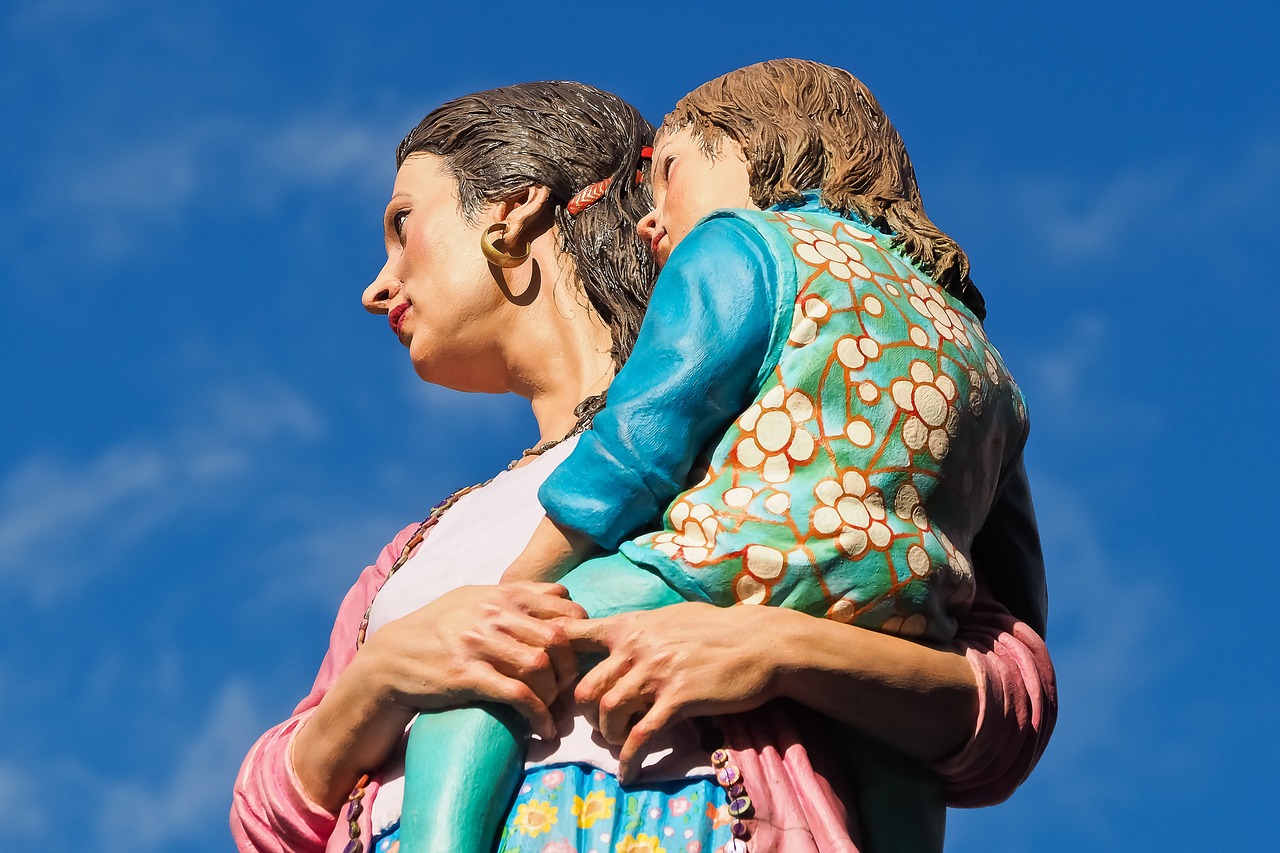
Future Directions of Postmodernism in Contemporary Art
As we look towards the future of contemporary art, the influence of postmodernism continues to shape and redefine artistic expressions in exciting ways. Postmodernism, with its emphasis on diversity, hybridity, and challenging traditional norms, is set to further push the boundaries of creativity and innovation in the art world.
One of the key directions that postmodernism is taking in contemporary art is the exploration of new mediums and technologies. Artists are increasingly incorporating digital tools, interactive installations, and virtual reality experiences into their work, creating immersive and dynamic artistic experiences that engage viewers in novel ways.
Furthermore, postmodernism is leading artists to delve deeper into issues of cultural identity and diversity. Through their art, creators are engaging with discussions on race, gender, and socio-political issues, using their work as a platform to challenge societal norms and advocate for change.
Globalization also plays a significant role in the future of postmodernism in contemporary art. Artists are drawing inspiration from a wide range of cultures, traditions, and perspectives, creating a rich tapestry of artistic influences that reflect our interconnected world and promote cross-cultural dialogue.
Moreover, the trend of institutional critique within postmodern art is expected to continue evolving. Artists are likely to continue questioning hierarchies, challenging the commodification of art, and redefining the role of museums and galleries in shaping artistic discourse and consumption.
In conclusion, the future of postmodernism in contemporary art is filled with endless possibilities and potential for growth. Artists will continue to push boundaries, experiment with new forms of expression, and engage with pressing social issues, ensuring that the legacy of postmodernism remains vibrant and relevant in the ever-changing landscape of art.
Frequently Asked Questions
- What is postmodernism in art?
Postmodernism in art is a movement that emerged in the mid-20th century as a response to the rigid structures and principles of modernism. It is characterized by a focus on diversity, hybridity, and the blending of different styles and cultural influences.
- How has postmodernism influenced contemporary art?
Postmodernism has had a significant impact on contemporary art by challenging traditional norms, blurring boundaries between different art forms, and encouraging artists to explore new modes of expression. It has also fostered a greater emphasis on individual creativity and critical reflection.
- Who are some notable postmodernist artists?
Some notable postmodernist artists include Cindy Sherman, Jeff Koons, Barbara Kruger, and Jean-Michel Basquiat. These artists have made significant contributions to the art world by pushing boundaries, questioning established norms, and redefining the concept of art.
- How does postmodernism address cultural identity in art?
Postmodernism addresses cultural identity in art by encouraging artists to explore themes of race, gender, and socio-political issues through their work. It challenges conventional notions of identity and promotes a more inclusive and diverse representation of cultural experiences.
- What role does technology play in postmodern and contemporary art?
Technology plays a significant role in postmodern and contemporary art by enabling artists to experiment with new mediums, techniques, and interactive forms of expression. Digital art, virtual reality, and interactive installations have become prominent features of the contemporary art landscape.


















